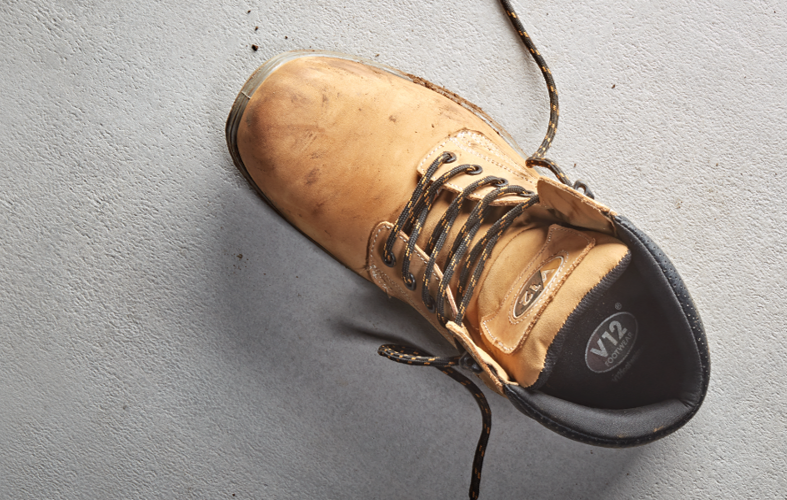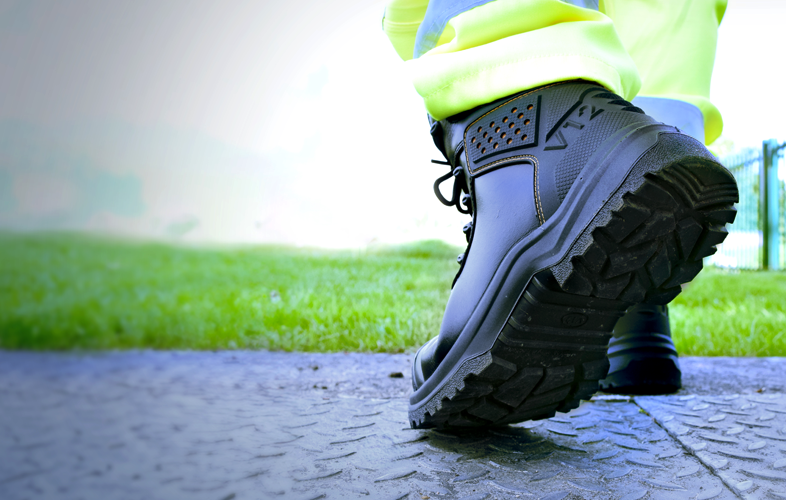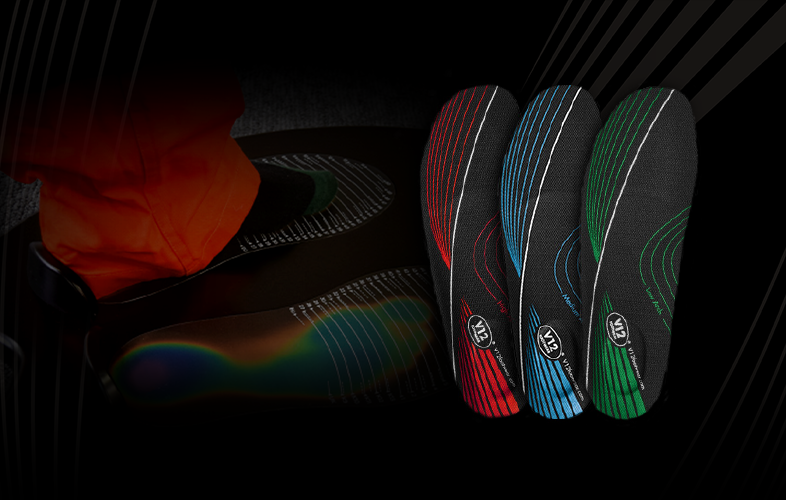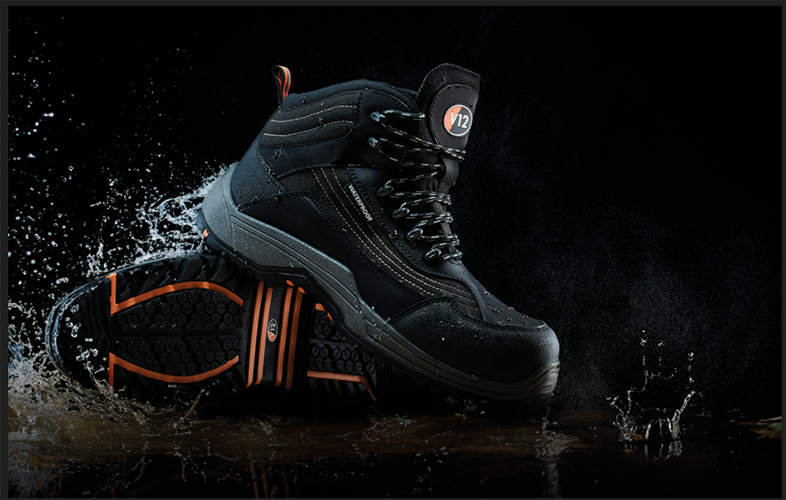Your work boots are one of the most important investments you can make. They protect your feet from impact and slips and provide the necessary comfort and support for long hours on the job. However, even the most durable work boots have a lifespan.
When your boots start to wear down, you can experience discomfort, reduced protection, and increase the risk of hazards. So how do you know when it's time to replace your old work boots?
In this article, we'll discuss the top 5 signs that indicate it's time to upgrade your boots. From worn-out soles to flat cushioning, we'll help you identify the warning signs and make an informed decision about your work boot replacement – because you should never compromise on your safety and comfort.
Getting the basics right
Before we dive into the signs that indicate it's time to replace your work boots, let’s quickly consider the steps you can take so you don’t need to replace your boots prematurely.
- If you work outdoors and frequently scuff or kick against heavy machinery, you need to look for boots with features like scuff or heel caps so they can withstand abrasion. Your boots won’t last long if they’re not equipped for the job.
- If you walk for miles, particularly on uneven or unstable surfaces, a sole with a chunky, durable tread built for outdoor terrain will increase your boots’ life significantly.
- If you work in an environment where you’re frequently subjected to high levels of water, a boot with water resistance (despite its deceptive name) isn’t going to cut it – you need a waterproof style to keep feet and the inside of your boot dry.
- And let’s not forget, the most common reason we retire a pair of boots or shoes? Lack of comfort. So, ensure you check your sizing and purchase a boot built on a specialised last that will accommodate your foot shape. Learn more about why that’s so important here.
If you nail these things early on, it’ll be a long time before you have to read this blog again!
Signs that it's time to replace your old work boots
Now that we understand the importance of getting the basics right, let's discuss the signs which tell you it's time to retire your trusty toe protectors.
Worn-out soles
You wouldn’t drive around with bald tyres on your car, would you? Well, the same applies to boots, particularly when you rely on them to keep you stable and slip-free.
The soles of your work boots are the first line of defence against slips, trips, and falls, but over time and repeated use, soles wear down, lose traction, and become smooth. When this happens, you're at a higher risk of slipping on wet or uneven surfaces.
Additionally, worn-out soles can cause foot fatigue and discomfort, because a good sole unit should have comfort built into it. Take our IGS sole unit – we not only developed it with industry-leading grip, but also designed it with a shock-absorbing heel pod to give top-level comfort.
Damaged boot or worn-out upper
Over time, the upper of your boot can become worn out or damaged, which can compromise your boots’ protective capabilities.
For example, if the upper is torn or has holes, your feet are going to be more than scruffy-looking and chilly when the wind gets in – they're going to be at risk of being injured. Remember, it’s not just the toes that heavy or sharp items land on or impact: from sharp crop stubble in farming to side impact from equipment on building sites, your feet are vulnerable from hazards in all direction, and a strong durable upper can go a long way to protect you. In addition, if your feet have withstood a large impact, did you know that the safety performance of your boots may have been impacted as well? If this has happened or the upper is worn-out, your safety is compromised.
Reduced support and cushioning in your boot
Your work boots should provide support and cushioning to reduce the risk of foot and leg fatigue. Over time, the cushioning can break down, and this can lead to reduced comfort and protection.
Also, padding isn’t just for comfort – there’s a safety element too. If you’re walking on uneven or unstable surfaces, padding higher up in the boot provides not only protection from impact, it also supports the ankle which reduces the chance of injury from twisting if you go over on your ankle in a trip or slip.
Reduced support and cushioning in your insole
The same thing goes for insoles. Overtime, particularly if you’re using closed cell insoles, the cushioning will flatten and eventually be ineffective in adding comfort and supporting your arches. If you look at your insoles and they seem flat or lacking in padding, it’s time for a change.
It’s important to note that you can change insoles rather than needing to buy a whole new pair of boots, if this is the issue! Also, if you want to reduce the number of times you’re changing your insoles, V12’s Dynamic Arch insoles are the solution. We developed this range using durable open cell rebound foam, so they keep their shape and continue to absorb impact over time, giving you unrivalled comfort for much longer. To find out more, take a look here.
Too much flexibility in your boot
When it comes to safety and protection, a good safety boot should do double duty by being tough and strong but flexible at the same time. But if you’re boots are giving you a little too much flexibility, it’s time for a change...
Have a feel of your boots when you flex your feet during wear or feel them after you’ve taken them off – if they bend without much resistance, they need replacing. Work boots have to be flexible, but they shouldn’t be too supple.
WHEN DO BOOTS NOT NEED REPLACING, JUST A REFRESH?
Although there are many signs when a boot needs to be replaced, there are also instances where we think they might need replacing but the boot actually still has a lot of wear left in them! You don't need to completely replace your boots if one of the following is the issue:
* If your laces have frayed or snapped. Solution? Grab some new laces and extend the life of your boots.
* If your insole has become smelly or worn. Solution? A new pair of insoles will breathe fresh life into your boots.
Choosing the right replacement
Now you know the signs that it might be time to retire your work boots, you might be considering investing in a new pair. And you'll want to make this new pair last. So how do you find the right boot for you?
With V12 Footwear's boot finder, simply tell us what you need from your safety boots in a few clicks, and we'll show you our expert recommendation. Your work boots are an investment in your safety, comfort and productivity, so don’t compromise: make the right choice.
Click below and find your perfect pair.





